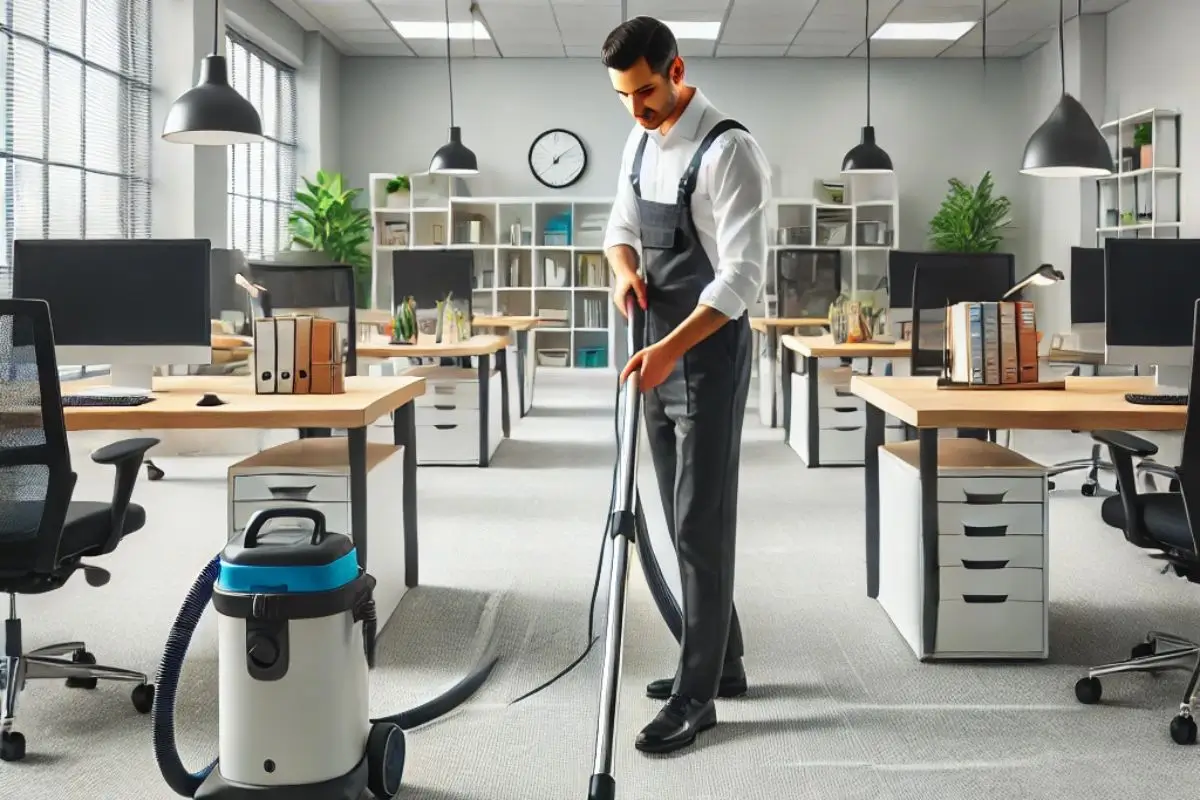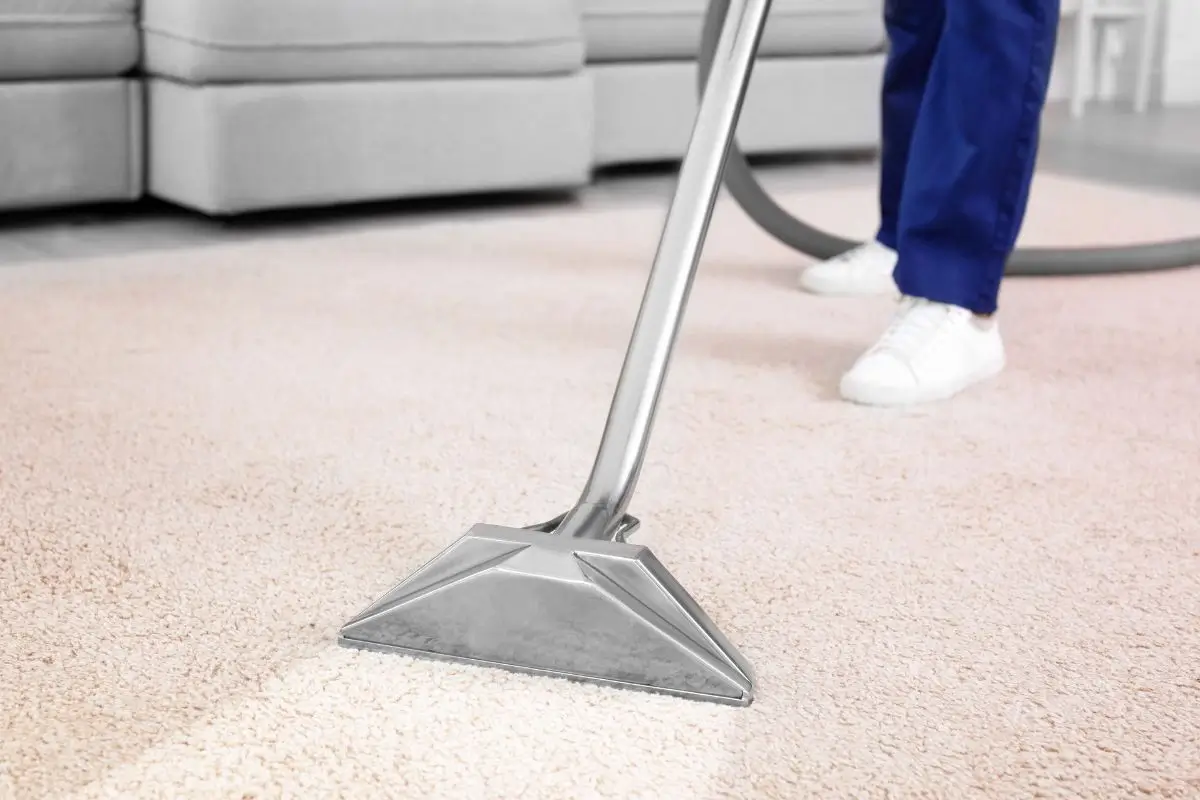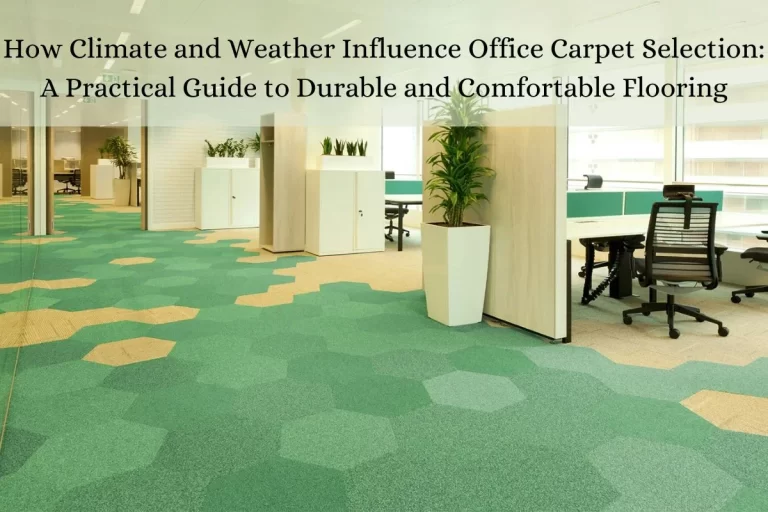Maintaining clean and well-kept carpets in office spaces requires strategic planning that adapts to seasonal challenges. Different weather conditions can impact carpet cleanliness and longevity, affecting both appearance and health standards within the workplace. This guide provides detailed, actionable tips for year-round carpet care, ensuring that your office stays fresh, professional, and comfortable for employees and clients alike.
The Foundation of Carpet Care: Essential Daily Practices for Long-Lasting Carpets
Regular vacuuming is essential to prevent dirt from settling into carpet fibers and causing long-term damage. Establishing a consistent schedule based on foot traffic helps keep the carpet looking pristine and extends its life. Immediate attention to spills is critical; prompt spot cleaning can prevent permanent stains and odors. Train staff on using appropriate cleaning products suitable for different carpet types to avoid discoloration or fiber damage. Invest in high-quality, durable mats for all entrances to catch dirt and moisture before it spreads through the office. Routine maintenance checks, such as inspecting for wear or loose fibers, can identify issues early. This proactive approach ensures that carpets remain not only clean but also safe, as unnoticed damage can become a tripping hazard.
Winter-Proof Your Carpets: Tips to Combat Snow, Salt, and Moisture
Winter poses significant challenges with moisture, snow, and salt being tracked indoors. These elements can damage carpet fibers and lead to unsightly residue. To combat this, place heavy-duty entrance mats at all entry points to minimize debris. Ensure regular mopping of lobby areas to reduce water spread. Schedule frequent vacuuming, focusing on high-traffic areas, and use a vacuum with HEPA filters to capture smaller particles. Apply protective carpet coatings to create a barrier against moisture. Deep cleaning during mid-winter can remove embedded grime, while post-winter deep cleaning prepares carpets for the spring season by lifting accumulated salt and dirt. Educate staff on the importance of removing snow from their footwear before entering to limit the spread of contaminants throughout the office.
Spring Cleaning Essentials: Revitalize Your Carpets After Winter
Spring brings allergens and increased dust, making it an ideal time for rejuvenating office carpets. Start with thorough steam cleaning to remove residual winter grime and allergens trapped in fibers. This step helps improve indoor air quality and creates a healthier workspace. Consider eco-friendly, non-toxic cleaning agents to keep the environment safe for all employees, especially those sensitive to strong chemicals. As pollen levels rise, increase the frequency of vacuuming to keep surfaces clear of allergens. Encourage staff to keep windows closed during peak pollen hours to reduce airborne particles settling on carpets. To freshen up the office, incorporate air purifiers that help in filtering out lingering dust and allergens. Proper spring maintenance ensures a seamless transition into summer with minimal buildup affecting the workspace.
Keep It Cool: Summer Strategies for Dust-Free, Mold-Free Carpets
Summer can bring dust, pollen, and high humidity, which all impact carpet quality. Increase vacuuming frequency to manage dust levels, focusing on entryways and high-traffic areas. To prevent mold growth caused by humidity, ensure that the office has adequate ventilation and dehumidifiers, especially in larger, carpeted spaces. Consider lighter cleaning agents that do not leave heavy residues, which can attract more dust during warm weather. Placing additional mats near doors can help capture outdoor particles like sand and debris before they reach the carpet. Schedule a mid-summer deep cleaning to reset carpets and maintain a clean environment. Regular carpet rotation or rearranging office furniture can also help reduce stress on the same spots and evenly distribute wear.
Prep Your Carpets for Winter: Fall Maintenance Tips You Need
Fall is the perfect time to prep office carpets for winter’s heavier foot traffic and potential wet weather. Applying a protective coating to carpets can guard against moisture and spills. Address any minor damages or wear from the past months to prevent them from worsening. Use fall as a time to rearrange furniture, which not only reduces concentrated wear on specific areas but also refreshes the office layout. Ensure that door mats are in good condition and capable of capturing leaves and dirt tracked in from outside. Scheduling a comprehensive cleaning at the end of fall removes summer dust and primes carpets for winter protection. This preparation phase ensures carpets remain in peak condition, ready for winter challenges.
Partnering for Success: How to Choose the Best Carpet Cleaning Service
Hiring professional cleaning services periodically can make a significant difference in maintaining office carpet health. Select a company that specializes in commercial carpet care and has experience with various types of carpet fibers. Verify that the service uses eco-friendly products that align with your office’s commitment to sustainability. Opt for services that offer detailed cleaning reports to ensure transparency about the methods and products used. Schedule professional deep cleaning quarterly to lift dirt that daily vacuuming and spot cleaning might miss. This helps prevent buildup that can dull carpets and shorten their lifespan. Professional cleaning should be an integral part of the overall maintenance plan, complementing in-house efforts to keep carpets looking fresh year-round.
Know Your Carpet: Tailored Maintenance Based on Material
Understanding the specific material of office carpets can guide effective care routines. For wool carpets, use a gentle, natural cleaning approach to maintain fiber integrity and color. Synthetic carpets, often more resilient, can handle heavier cleaning solutions, making them suitable for high-traffic areas. Tailor maintenance schedules based on the type of carpet and its wear-resistance. For instance, berber carpets may require less frequent deep cleaning but need regular vacuuming to prevent dirt from settling in their loops. Customizing care methods to the material ensures optimal results and prolongs the carpet’s life. This detailed attention to carpet type prevents damage and supports consistent office aesthetics.
Stay Ahead: Preventive Steps to Protect Your Office Carpets
Prevention is more cost-effective than extensive cleaning. Use chair mats under desks to minimize carpet wear from rolling chairs. Ensure entry mats are properly placed and regularly cleaned to capture dirt before it spreads. Implement a strict no-food policy in certain areas to avoid spills and stains. Encourage staff to keep lids on beverages and use spill-proof containers. Educate employees on best practices for maintaining a clean work environment. Regularly check carpets for damage and address issues early. Consistent application of preventive measures extends the life of carpets and reduces overall maintenance costs.
Eco-Friendly Carpet Care: Sustainable Practices for a Healthier Office
Environmentally friendly carpet care practices align with sustainability goals and create a safer workspace. Choose biodegradable, non-toxic cleaning products to reduce chemical exposure. Implement practices such as using steam cleaning with minimal additives to deep clean without leaving harmful residues. Green carpet care also includes efficient water usage during cleaning to minimize environmental impact. Work with cleaning services that use eco-conscious methods and equipment certified for low emissions. Communicate with employees about these sustainable choices to reinforce a collective commitment to an environmentally friendly office. Green practices not only protect the environment but also improve indoor air quality and health.
Your Year-Round Guide: Building an Effective Carpet Care Calendar
A well-organized carpet care calendar ensures that maintenance tasks are timely and effective. Create a seasonal checklist detailing routine vacuuming, deep cleaning sessions, and preventive checks. Assign responsibility for different tasks to team members or service providers. Schedule regular inspections to catch wear and damage early, allowing for quick repairs. Ensure the calendar includes seasonal tips, such as extra care in winter and spring allergen management. A detailed, proactive calendar reduces oversight and guarantees consistent upkeep, leading to well-maintained, long-lasting office carpets. This organized approach streamlines efforts and improves the overall appearance and hygiene of the office space.
Conclusion
Comprehensive, seasonally adjusted carpet care ensures that office spaces remain clean, professional, and inviting. By following these tips and implementing structured maintenance plans, businesses can extend the life of their carpets, enhance indoor air quality, and present a welcoming environment year-round. Prioritizing proactive and strategic care minimizes costs and disruptions, contributing to a well-maintained, productive workspace.







